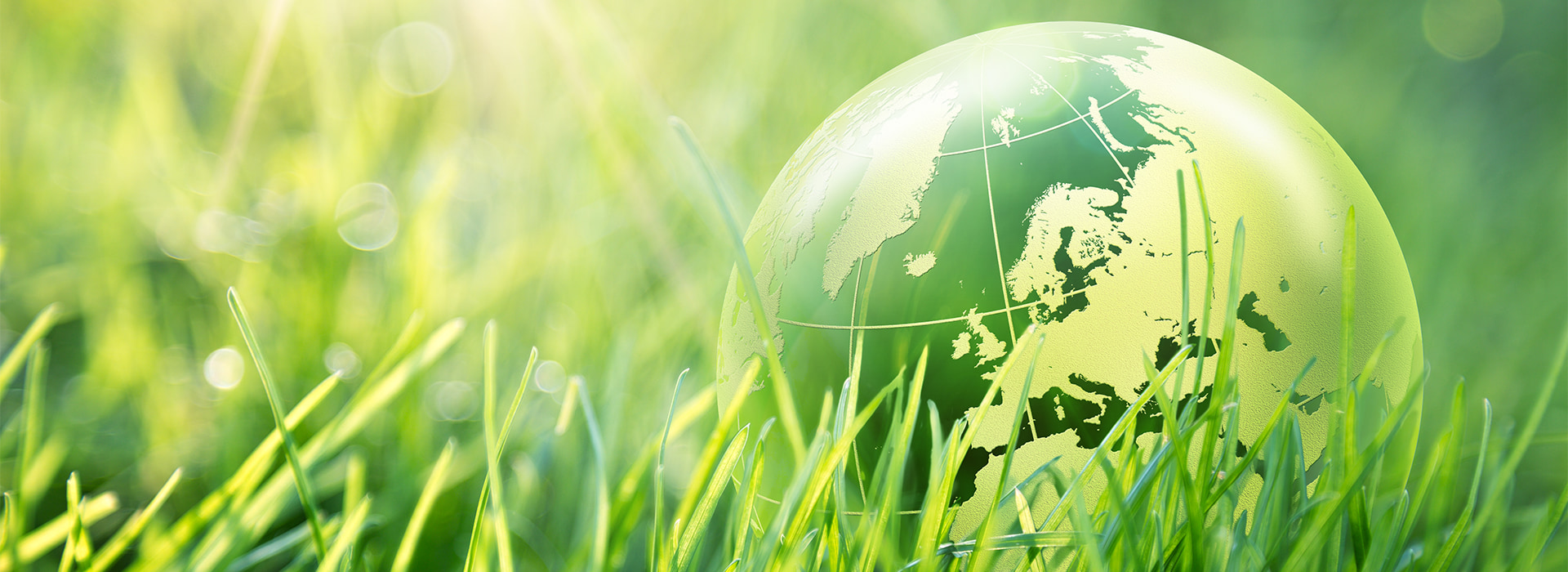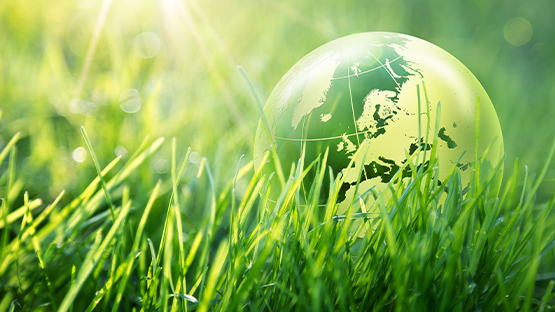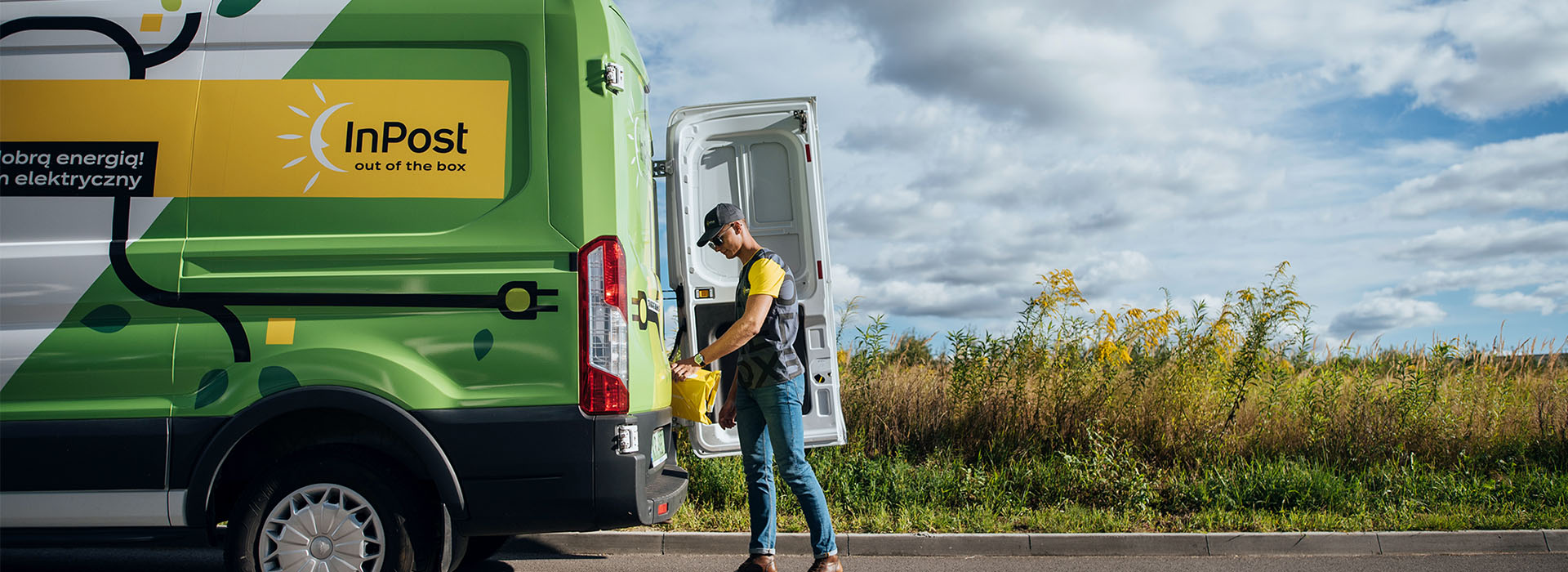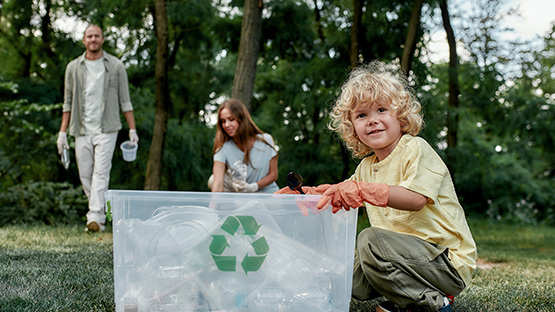Climate change in Poland - what do you need to know?
Ekologia

10 January 2023
Although Poland is not on the front line of climate change, the country on the Vistula already shows symptoms of negative weather trends. The effects of global warming are affecting the animate and inanimate world, and consequently also humans. What can already be observed? How can it be counteracted? It is worth knowing the answers to these questions.
Climate change in Poland - what does it manifest itself as?
Climate change in Poland has become increasingly evident over the years. Many of the phenomena associated with them have been described by scientists. However, you do not have to be a climatologist to notice how much is changing around you. It is worth distinguishing between new weather trends that occur locally and those that are visible throughout the country.
Why this division? It is due to the existence of several climate zones in Poland. Larger changes can be observed in the southern provinces. The Vistula line is also very important. It marks the border between temperate transitional and continental climates.
An example of these differences is the process of soil stepping. Its genesis is increasingly lower rainfall totals. This phenomenon is particularly noticeable in the warmer, southern areas. Scientists consider Wielkopolska to be the most threatened area.
Interestingly, the further north you go, the less of a problem there is. Measurements over the last 70 years show that in colder regions, such as Podlasie and Masuria, there is even slightly more precipitation than in the first half of the 20th century. This comparison shows how local differences affect climate change differently.
Even today, it is apparent that the climate has undergone a metamorphosis since the 1950s. Winters today are shorter and warmer. Climatologists also confirm that the snow cover is shrinking and becoming shorter, a phenomenon that is visible to the naked eye. Here, however, regional differences must be mentioned once again. On the right side of the Vistula, the new weather trends are less visible.
The nationwide trend is for ever-higher temperatures. It is increasing at a rate of 0.2 - 0.3°C per decade. The climate in Poland in 10 years' time will therefore not be significantly different from what can be observed today. However, on a scale of, say, a century, the changes will already be major.
In addition, the number of warm days per year is increasing. This has a twofold effect. In recent years, the number of heat-related illnesses and deaths has been falling. Instead, studies show an increase in complications and deaths caused by summer heat. Interestingly, climate change also has a positive side. In 70 years, the number of cloudy days has decreased. 
How does climate change affect Polish nature?
The decreasing number of frosty days and rising temperatures are strongly affecting the environment. The impact of global warming on Poland's climate is contributing to the migration of animals from the south. An example is the golden jackal. Individuals of this species have migrated from the Balkans and the Caucasus. These creatures have habitats in the eastern provinces.
Warm-blooded birds, the bee-eater, have also flown in from southern Europe. Their range used to end in Hungary. Today, these migratory creatures are not only coming further and further north. Ornithologists have also observed that they are staying in Poland longer than before.
Both bee-eaters and golden jackals came to Poland as a result of changes in migration patterns caused by climate warming. In addition to them, animals released into the wild by humans have also been adopted in Poland. One example is the alexandretta parrot, which managed to survive the winter and raise chicks in a park in Nysa.
Ornamental tortoises are another example of animals adapted to Polish conditions. Their natural habitat is the south-east of the USA. They, as well as parrots, beetles and jackals, are unfortunately invasive species. Competition for habitat and food with native animals can deplete populations of many of them.
How the climate in Poland is changing can also be seen in plants. In 70 years, the growing season has lengthened by one month. At first glance, this can be considered a positive trend. However, it is causing serious repercussions for nature. Earlier germination exposes plants to the risk of continuing frosts. The result is therefore the opposite - frosted cereals yield less.
What's more, an extended growing season even without frosts in a given year can result in a worse harvest. This is caused by falling precipitation. Droughts are the result. The size of the crop is also damaged by increasingly frequent and violent storms.
What is the cause of climate change in Poland?
Global trends in the economy and in the life of societies translate into everything that causes climate change in Poland. One of the reasons for the adverse phenomena is the still very high emission of greenhouse gases into the atmosphere. This is due, among other things, to the use of fossil fuels to power means of transport.
Traditional energy sources are also used to generate electricity and provide heat in buildings. Equally harmful is their exploitation. An example is the opencast lignite mine in Belchatow. It is 12 km long, 3 km wide and 200 m deep. Local and state authorities predict that the deposits there will be exhausted by the end of the 1930s. The reclamation process will probably take another 20 to 30 years.
Deforestation and water contamination are also serious problems. As a result of these activities, biodiversity is being undermined. Fewer trees also translate into increased greenhouse gas concentrations in the atmosphere. The number of plants is further reduced by the poorer quality of full industrial water pollution. In addition, their concentration is threatened by low levels of reservoirs and watercourses. Droughts contribute to this phenomenon. 
Climate change in Poland - how does it affect the economy?
The standard of living of society depends on the climate in Poland. Both global and local changes primarily affect agriculture. Floods and droughts lead to a reduction in crop yields in any given year. As a result, people will pay more and more for groceries.
Energy is also required to produce goods. This, however, is mostly produced in an environmentally unfriendly way. Air pollution results in the deterioration of the health of the population. The need to treat diseases such as respiratory illnesses in the future will force health care spending to increase. In other words, taxes will be higher.
The higher cost of living leads to an impoverished society. Increasing expenditure will contribute to a reduction in the consumption of those goods that are not essential. As a result, the amount of money in circulation will fall over the years. This in turn will reduce GDP. This will result in less investment and, for example, fewer new jobs.
Climate change in Poland - how can we act against it?
The effects of warming in Poland can be partially mitigated by everyone living in the country. One of the best ways is to reduce one's own carbon footprint. How to do it? A good example is to choose a bicycle or public transport instead of a car.
If possible, it is also worthwhile converting a combustion car to electric. In this case, not only private individuals can make a contribution. An example is the electric buses bought by many local authorities, such as those in Warsaw, Lublin or Zielona Góra. In the case of companies, a commendable action is the purchase of a fleet of electric cars. InPost, for example, has done so.
It is also worth taking care to reduce energy consumption. Using energy-efficient appliances and managing water rationally helps to do this. For example, turning off the water when brushing your teeth is a good habit. Another simple action that can help the environment is to choose a reusable shopping bag instead of a nylon carrier bag.
Climate change is a problem that humanity as a whole is already facing. Fortunately, everyone can contribute to reversing the negative trend. Sometimes even small, simple and gratuitous actions are enough to make a contribution to stopping the changes that will affect everyone in the world in the future.
Czytaj również

Where to donate your clothes? Give them a second life together with InPost!
Where to donate clothes you no longer wear? Instead of throwing away good clothes, it is worth donating them to others for further use. Do...

Where to donate toys you no longer need? We have a good way to do it!
Quite a few children have rooms full of toys. They receive more gadgets from grandparents, parents or aunts and uncles. Sometimes the obje...




